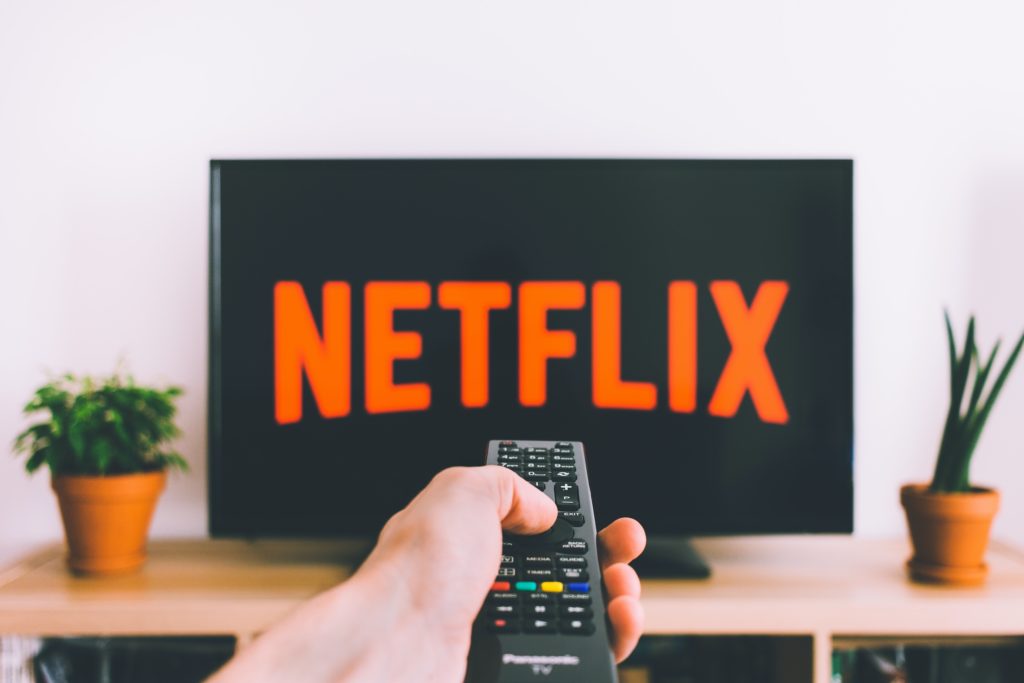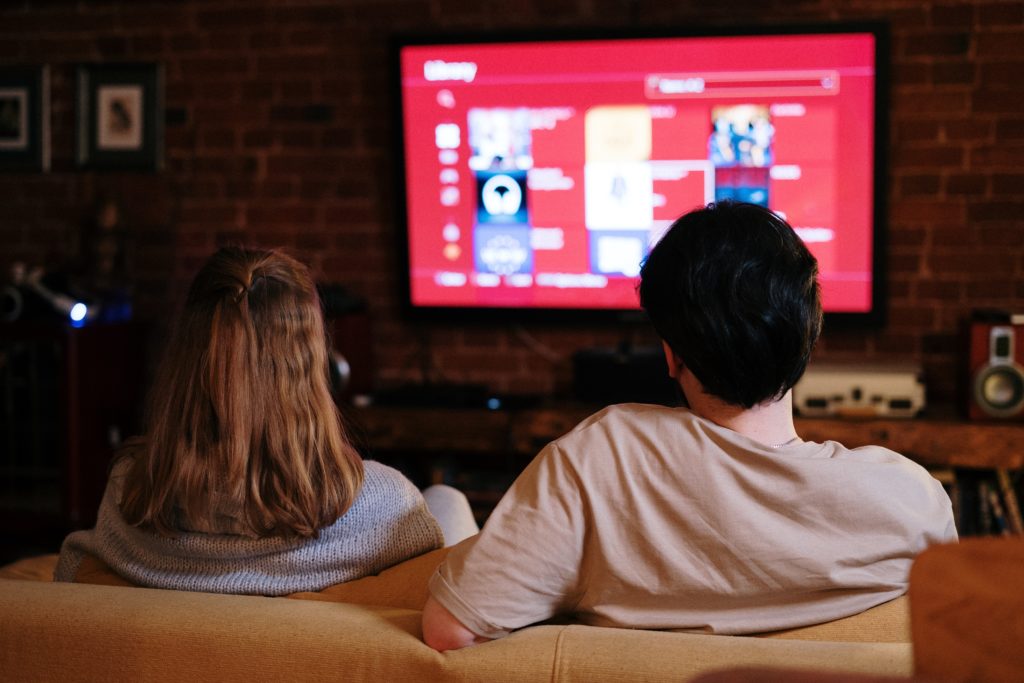With Netflix’s big success as a streaming service, many other companies have followed in this trend and we now have services such as Disney+, Apple TV, Amazon Prime Video and more recently, Peacock. With this growing ability to watch movies and shows straight from our homes, what will the feature of TV look like?
Started in the late ‘90s, Netflix began as a DVD rental service where subscribers would have movies mailed to them and sent them back then they were finished. In 2007, the company began to offer a portion of its services through streaming. Three years later, Netflix completely became largely focused on as a streaming service in the United States and expanded to other countries over the next several years.
Netflix has proven that streaming services are extremely successful in the entertainment industry, which is why other companies have followed suit on this idea. However, what will this mean for the future of DVDs, cable and even movie theaters as the streaming services create their own new content? What will the future of streaming services look like?
While Netflix still offers a DVD plan, it is now more widely known for its convenient digital content. With digital shows and movies readily available with the use of a remote, users no longer actually need a physical disc to watch something. The market for DVDs has seen a drop of more than 86% in the past ten years. Physical media does not seem to be going out just yet though. Many film companies have released special collections of films that include Blu-ray and 4K discs that have higher quality than some streaming services. People have seemed to show enough interest in these to keep the product around for a while longer.

Cable has seen a decrease in popularity itself. In 2020, the market dropped by over six million people. Some cable channels, such as FX and National Geographic, have started to seek ways for their content to be involved with streaming services. Twenty-five million more people are expected to get rid of cable by 2025. Data has shown that the streaming market has continuously increased over the past several years, while cable has only declined. While cable TV still exists for now, there may be a future where it is rare or not found in homes at all.
Movie theaters are also facing a rough time, especially in 2020 due to the pandemic. They were closed for months, and now many companies have put a halt on movie releases. Some have even decided to release them on streaming services instead. While there was a decrease seen prior to the pandemic, attendance has been especially low recently, dropping 82% in sales according to data. Many have questioned if theaters will ever be able to fully revive themselves.
With shutdowns, streaming services have become more popular than ever. In general, these services saw an increase of 37% in 2020. Most of this came from Disney+, reaching over 73 million subscribers during its first year. The reasons for this popularity are obvious, as we can watch just about anything we want when we want. No more commercial breaks. No more waiting a week for a show’s next episode as Netflix now releases a whole season at once. Streaming has given us the ability to have complete power over how we watch TV. Not to mention that many of the services have started offering their own original shows, requiring people to subscribe to watch them. In fact, poll results revealed that a large percentage of streaming service subscribers joined to view the original content. Fifty-nine percent of Disney+ subscribers, for example, gave this answer.
As the pandemic has continued for almost a year now, many streaming services have formed ways for people to watch TV together without having to leave their homes. Companies such as Hulu and Amazon have developed watch parties for viewers to invite others to stream a movie or show with them. The requirement for this is that the viewers must all have subscriptions, which could be part of the reason the streaming market has seen an increase. Other top services like Netflix and Disney+ have yet to announce any plan to follow this new trend nor have they given an implication that they might do so. However, it is probably safe to guess that we will see watch party services available from these companies in the future as they increase in popularity.
Poll results shared by Variety found that most people intend to continue their current level of streaming even after the pandemic is over. Disney has already announced that it is going to switch its focus over to streaming rather than theatrical releases. While Bob Chapek, the company’s CEO, told CNBC that this decision was not a “response to COVID,” but was an action that would have occurred in the future. It just came sooner than planned due to the pandemic.

Not only are streaming service companies performing well, but those that offer streaming devices have found success also. As of November of 2020, Roku, a company that creates smart TVs and streaming devices, has grown to 46 million accounts, or a 13.7 million increase, in the past year. The company recently became a carrier of Peacock along with other services. A survey found that 90% of Roku users were satisfied enough to never return to pay TV. The market for streaming devices in general is expected to greatly increase over the next several years.
As the market for streaming services and devices continues to grow, who knows what the future of the entertainment industry will look like. It is easy to assume that it will include streaming services. As the services work to bring people in different locations together, there could be more features available, such as video chatting while watching. It is also possible that new devices will continue to be released to support streaming services – something that will be more commonly found in homes instead of cable boxes. Only time will tell, but with the large advancement in technology in just the past decade, there could be something unimagined that comes from the next one.
Rebekah Davidson
Intern


